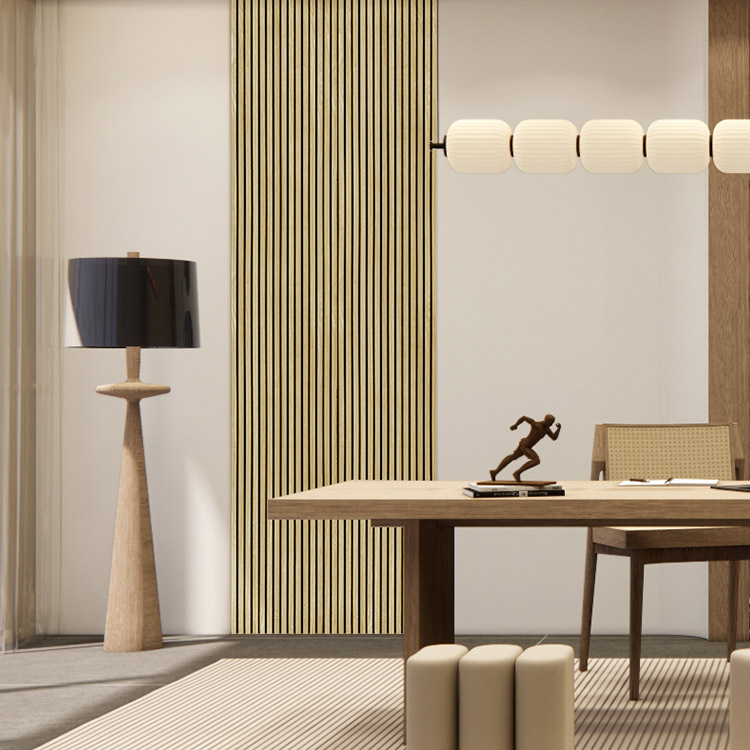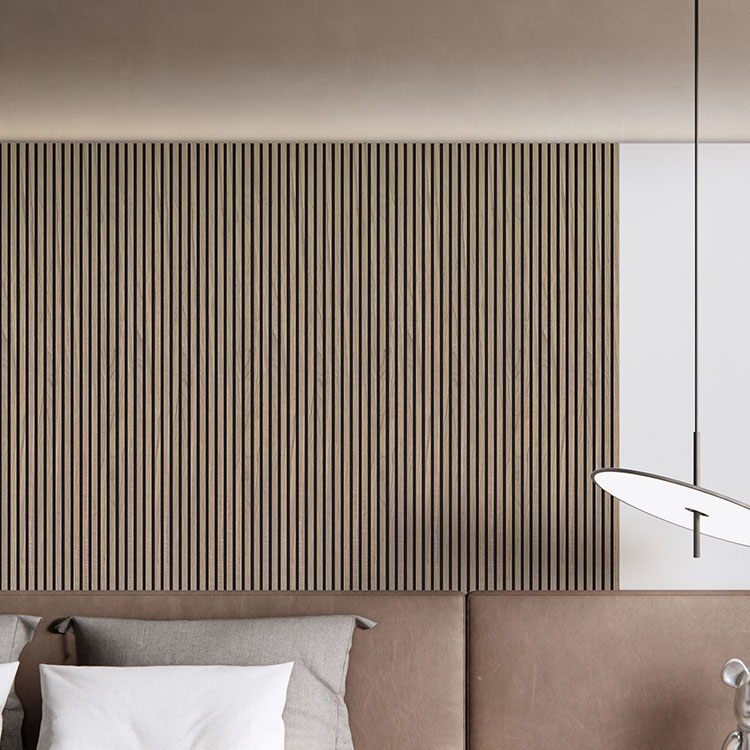When it comes to installing acoustic wall panels, one of the most common questions is: Should you screw or glue them to the wall? Both methods are widely used, but the right choice depends on your wall type, the panel design, and whether you want a permanent or removable solution. Let’s break it down.
🔧 Screwing Acoustic Panels
Pros:
-
Provides a strong, secure hold
-
Ideal for heavy or large wood slat acoustic panels
-
Suitable for uneven or textured walls
-
Easy to remove and re-install without damaging the panel
Cons:
-
Requires drilling holes into the wall
-
May leave marks if you remove the panels later
👉 Best for: Permanent installations or when mounting panels on drywall, brick, or concrete.
🟫 Gluing Acoustic Panels
Pros:
-
Quick and easy installation without tools
-
No visible screws or hardware
-
Perfect for lightweight PET acoustic panels
Cons:
-
Creates a permanent bond (hard to remove without damaging walls)
-
Less effective on rough or dusty surfaces
-
May not hold up well for heavier wood slat panels
👉 Best for: Temporary setups or smooth surfaces like painted drywall.
🏆 What’s the Best Option?
-
If you want flexibility and the option to re-arrange panels in the future, screws are the safer choice.
-
If you want a fast, seamless look and don’t plan to move the panels, glue is a convenient option.
At Guangdong Leeyin Acoustics, our wood slat acoustic panels and PET felt panels are designed for both installation methods, giving you the flexibility to choose based on your project needs.
🎶 Professional Advice from Guangdong Leeyin Acoustics
As a leading manufacturer and exporter of wood slat wall panels and acoustic panels in China, we provide expert guidance on installation, ensuring our clients achieve the best acoustic performance with the easiest installation methods.
Why Choose Us?
-
20,000㎡ modern production facility with advanced equipment
-
High production capacity for global supply
-
Strict international quality management standards
-
Expertise in eco-friendly PET, premium MDF, and FSC-certified materials
Our panels are not only functional but also stylish, making them the perfect choice for homes, offices, studios, and commercial projects worldwide.

